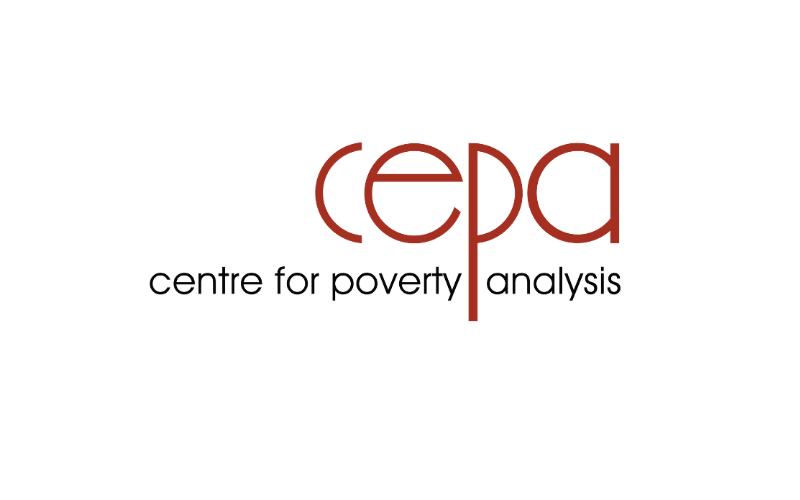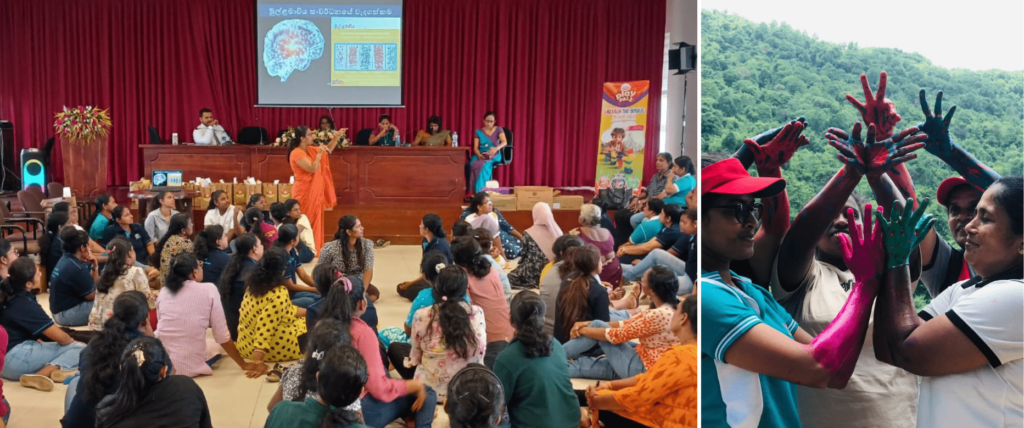There is a growing discussion in Sri Lanka about people’s desire to leave the country, especially within its current politico-economic context. According to the Sri Lanka Opinion Tracker Survey (SLOTS) conducted in 2021, 01 in 16 Sri Lankans have plans to migrate and most of them are young or educated. Confirming the above statement, the Institute for Health Policy (IHP), claimed that the highest desire to migrate could be identified among the youth aged between 18-29 (around 48%). Since the youth represent the future workforce of a country and are crucial for its long-term prosperity, stability and sustainability, it is crucial to understand the contemporary trends of youth migration.
The statistics indicated in the diagram mentioned above show that there is a considerable difference between the numbers based on location and gender. Most of the youth migrants representing the high and middle-class socioeconomic groups have a greater capability of preparing for migration (often people who live in the Western province) because of the high initial cost. For instance, according to the Sri Lanka Bureau of Foreign Employment (SLBFE) and the Department of Immigration and Emigration, in 2022, out of 311,056 labour migrants 82,808 were from the Western Province. Furthermore, when compared to women, men are more likely to have the desire to migrate (34% of men versus 22% of women), plans to migrate (24% of men versus 22% of women) and have already started preparations for migration (20% of men versus 12% of women).
In general, the groups enrolled in education are more likely to be mobile with a high willingness and college-educated individuals are more likely to migrate for better opportunities which may create adverse conditions in the Sri Lankan labour force in the near future. Explaining the correlation between the desire to migrate and the level of education, IHP reported that approximately, one in two graduates in Sri Lanka has the desire to migrate showing a strong migration desire among individuals who have attained a higher education level. According to IHP (2021), 27% of Sri Lankans would like to migrate if they were given the opportunity, and the majority of them were young (ages 18–29 years) and educated (university graduates). Moreover, a study conducted in the year 2022 revealed that a considerable number of professionals plan to permanently relocate to OECD countries rather than return to Sri Lanka which may lead to brain drain, loss of skilled labour, decreased productivity, strained social services, weakened local economies, and other potential long-term economic and social challenges in Sri Lanka in the near future.
The driving forces of youth migrants could be different from those who migrate later in life for this could be the period in which people start to be independent economically, politically and socially. In a context where the number of applicants for new passports is increasing noticeably, the media reports indicate that this is due to the youth’s perception and expectations of existing socioeconomic, job prospects and quality of life. Reportedly, the majority of the youth attempt to leave the country as they feel that they can never achieve their dreams and targets while staying in a country where people cannot even afford their basic needs. Based on a case study published in the KDU Journal of Multidisciplinary Studies in 2021 to identify the determinants of young Sri Lankan engineers migrating to Australia, political influence and corruption were identified as the major driving forces for them to migrate. Moreover, lower salaries and unfavorable working conditions in Sri Lanka have also impacted their decision to migrate. Having better opportunities for career advancement and education in their destination country and the desire to gain exposure to a new culture have also contributed to their decision. According to the findings, the majority of the young Sri Lankan engineers who migrated to Australia prefer the life they led there.
When the jobs available in their home country are not adequate to fulfill their desires, the youth tend to migrate to find better job opportunities. According to the Department of Census and Statistics, in 2017, the youth unemployment rate in Sri Lanka was 17.4% and then from 2018 to 2021, it increased gradually over the years (from 20.49% to 21.12%) and in 2022, it indicated a dramatic increase up to 26.12%. The ongoing political and economic crisis might have further exacerbated this situation in 2023. Furthermore, according to anecdotal evidence and media reports, the current economic and political crisis could be identified as a key driving force for the increase in the number of youth migrants in Sri Lanka. Sri Lankan Rupee depreciation and the high cost of living which make people desperate to migrate to other countries have also led the Sri Lankan youth to find alternative and often irregular, unsafe pathways to migrate. The recent news on a group of eight Sri Lankans who were rescued from hostage at a Cyber Slave Camp in Myanmar is a prime illustration of this. The United Nations estimated that in August 2023, over 120,000 people had been forced to work in these scan centres in Myanmar.
According to SLBFE in 2022, 9,086 young people below the age of 29 years migrated for professional, middle and clerical-level jobs and 27,420 departed for skilled-level jobs. While 1,782 and 35,165 young people migrated for semi-skilled and unskilled level jobs respectively, 7,505 young females departed as domestic care workers. Overall, in 2022, 80,958 people below the age of 29 departed from Sri Lanka for employment overseas.
Total number of youth migrants registered under the SLBFE by sex from 2018 to 2022
Based on the statistics on the total number of youth migrants registered with the SLBFE by sex from 2018 to 2022, even though there is a significant variance between 2021 and 2022 (due to the influence of the COVID-19 pandemic), only a slight increase can be identified before and after the pandemic period (2018 and 2022). However, these numbers do not capture any other youth who migrated without registering under the SLBFE, especially student migrants, which evidences a notable gap in the statistical data on Sri Lankan youth migrants.
In conclusion, the current Sri Lankan context compelled people to migrate, especially the young generation, even though the decision to migrate should be an independent choice. However, as stated earlier, the absence of comprehensive data poses a significant challenge in understanding the dynamics and implications of youth migration in the Sri Lankan context. To effectively manage youth migration and ensure equal opportunities for everyone regardless of their gender, educational background, geographic location, or financial capability, policymakers have to play a crucial role. Moreover, the responsible bodies should ensure the freedom to migrate so that people migrate not because they feel compelled by the limited options they have in their own country, but out of choice.









